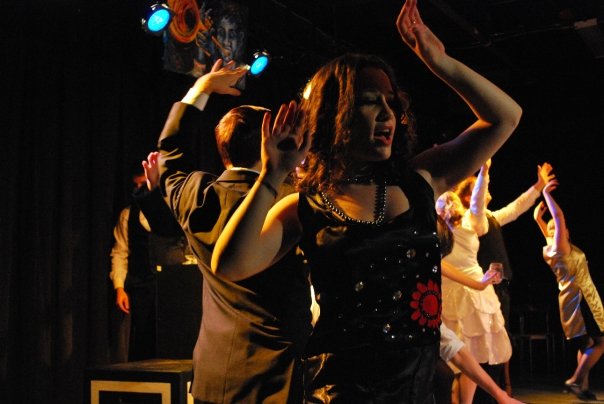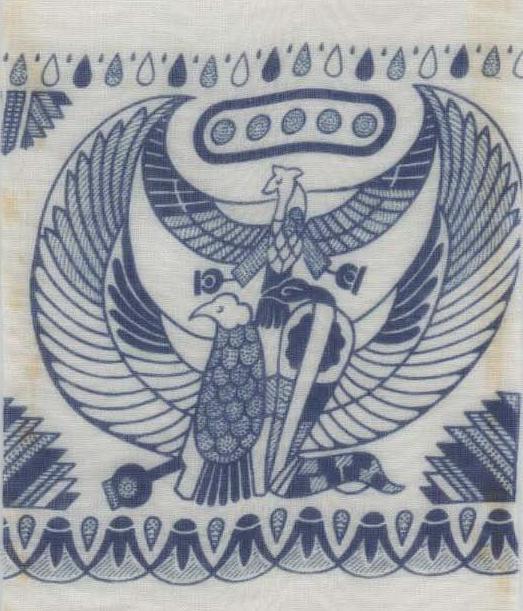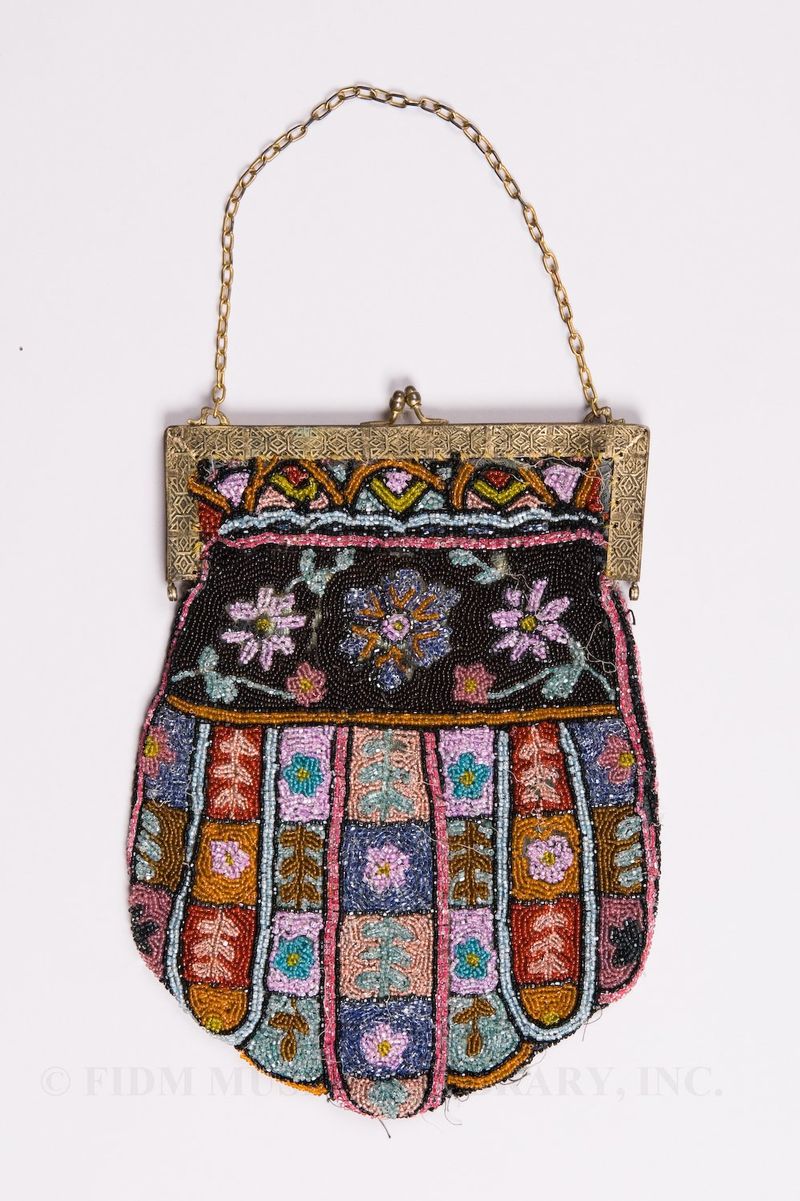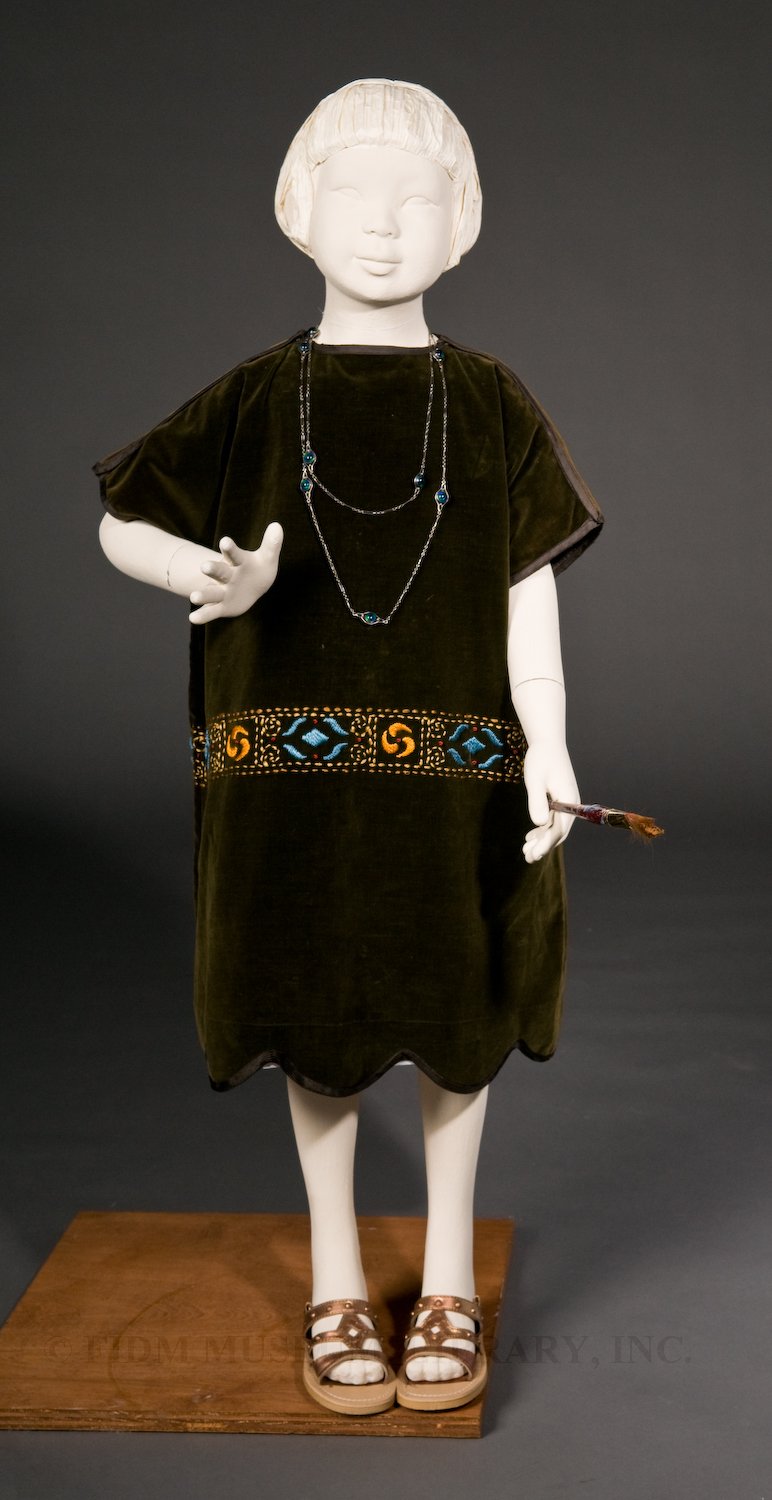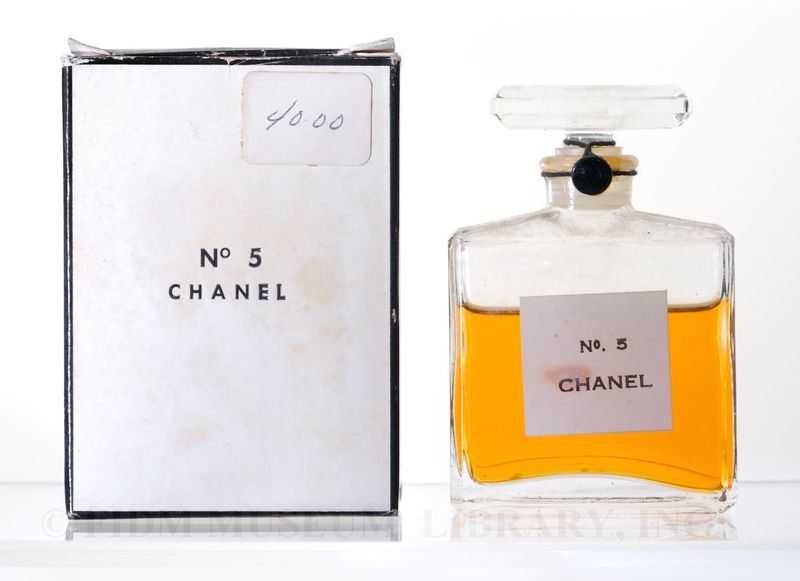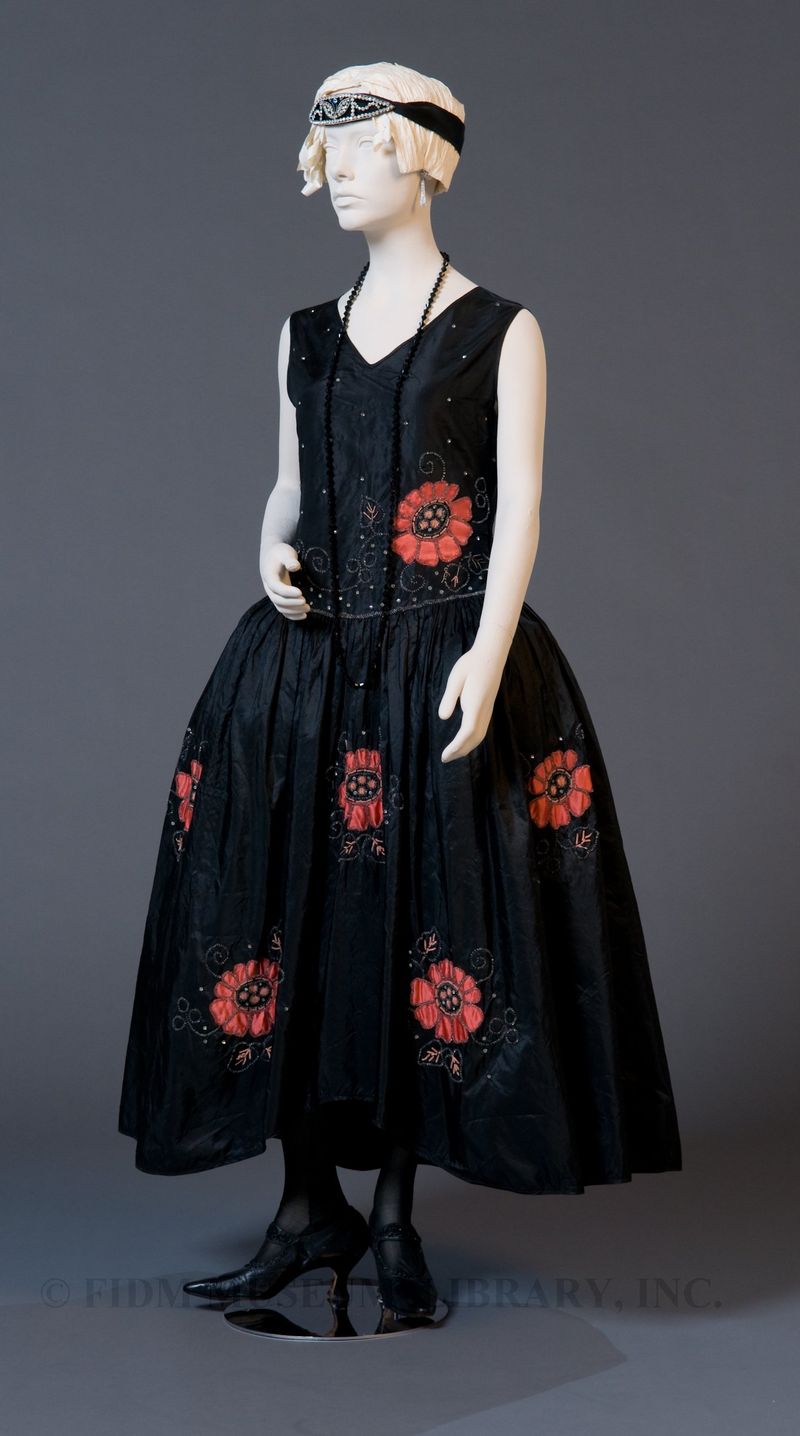This website uses cookies so that we can provide you with the best user experience possible. Cookie information is stored in your browser and performs functions such as recognising you when you return to our website and helping our team to understand which sections of the website you find most interesting and useful.
Today's post by Katy Werlin describes how a garment in the FIDM Museum collection inspired a costume for the musical The Wild Party. Katy interned with us during the summer of 2009, while on summer break from her studies at the University of North... Read Article ››
Mirrorwork embroidery
Though the focus of the FIDM Museum collection is on objects related to Western European and North American dress, we do have a small number of outstanding objects related to the sartorial traditions of other cultures and countries. Many of these objects,... Read Article ››
Egyptomania
In late 1922, the British archaeologist Howard Carter unearthed and opened the sealed tomb of King Tutankhamun in Luxor, Egypt. Though Egyptian art and ornament had served as a source of artistic inspiration for many centuries, the discovery of King... Read Article ››
Handbag variety
Like shoes, handbags and purses straddle the line between functional and decorative objects. Though many women (and some men) consider them necessary containers for objects such as keys or money, the sheer diversity of available styles demonstrates that... Read Article ››
Bohemian dress for children
Bohemians were figures of both fascination and fun in the late 19th and early 20th centuries. A typical Bohemian was often artistically or politically inclined and was willing to step outside the bounds of conventional society. The highest Bohemian ideal was... Read Article ››
Shopping
Did you brave the crowds to do a bit of Black Friday shopping? If so, you probably visited a department store, boutique or perhaps a local craft fair. Or maybe you waited until today, Cyber Monday, to do your shopping online. Did any of the retail outlets you... Read Article ››
Our post today was researched and written by FIDM Museum Registrar, Meghan Grossman Hansen! In the Least Likely of Places: Discovering Counterfeit Chanel No. 5 in a Museum Collection“Bathtub Perfume Traps Pool Shark”1 “Pair... Read Article ››
Boué Soeurs
If you're looking for a research project, here's a great one for you! See if you can add anything new to the existing information about the Boué Soeurs, the pair of French sisters who designed this lingerie-style dress... Read Article ››
Robe de style
Today’s featured Study Collection ensemble highlights a type of dress most often associated with the Parisian designer Jeanne Lanvin (1867-1946). Called a robe de style, the upper portion of the dress is slim and close-fitting, while the skirt is full and... Read Article ››

